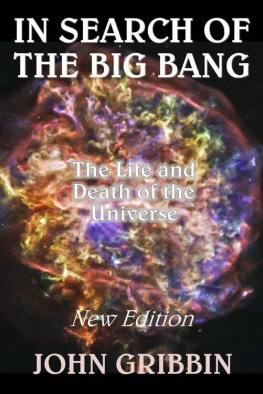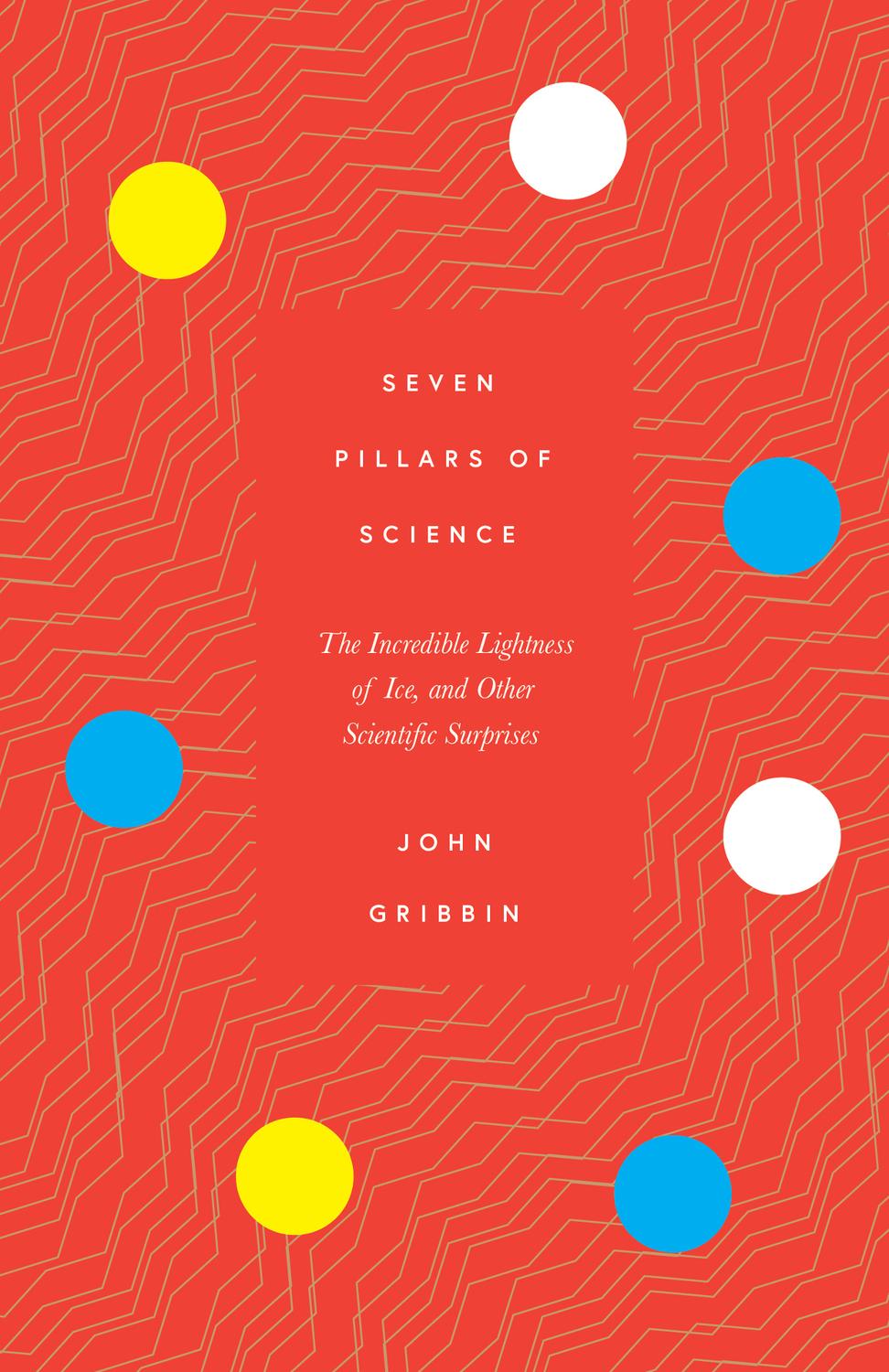I am grateful to the Alfred C. Munger Foundation for financial support while writing this book, and to the University of Sussex for providing a base and research facilities.
As with all my books, Mary Gribbin ensured that I did not stray too far into the thickets of incomprehensibility. The remaining infelicities are all mine.
xiii Wisdom hath builded her house, she hath hewn out her seven pillars.
J.B.S. Haldane famously described the four stages of acceptance for scientific ideas as:
i) this is worthless nonsense;
ii) this is an interesting, but perverse, point of view;
iii) this is true, but quite unimportant;
iv) I always said so.
The more I look at the history of science and the longer I observe the ongoing development of science the more I appreciate the truth of this aphorism. Looking back, it is easy to see how ideas that were once outrageous became accepted truths, and to feel a sense of superiority over those simpletons who, for example, thought that the Earth was flat. But even in my own lifetime I have seen ideas once regarded as wild speculations including the Big Bang theory of the origin of the Universe and the non-locality of quantum entities become received wisdom, pillars of science, while more commonsensical alternatives the Steady State theory, the idea that what happens in one location cannot instantly affect what happens xiv somewhere far away have fallen by the wayside. How science works is as fascinating as the science itself, and to demonstrate this I have picked out seven examples which were each sensational in their day, and which have either become pillars of scientific wisdom or are well on their way to passing through Haldanes four stages of acceptance. In order to restrict myself to seven, I needed some overall theme to link them, and I have chosen features of the Universe which are closely related to our own existence, and to the possibility of life elsewhere. This is, after all, the most important aspect of science as far as we humans are concerned.
Some of these examples are already pillars of science, others may be at an earlier stage I leave you to judge which ones. But although all were sensational in their day, and some still are, a key feature of the development of science is a willingness to think the unthinkable, and then, crucially, to test those ideas and find out if they are good descriptions of what is going on in the real world. There are, though, some ideas which are impossible to categorise, and which, depending on your personal point of view, might be assigned to any one of Haldanes stages. The biggest of these is a question that has puzzled philosophers for much longer than what we call science has existed, and with which I shall top and tail this book are we alone in the Universe?
John Gribbin
November 2019
Worlds Beyond:
Maybe We Are Not Alone
T he Earth is round and moves through space. This was a dramatic realisation only a few hundred years ago. It flies in the face of common sense, so much so that some people still cannot accept it. You may not be one of those people, but do you just accept the story because it is what you were told as a child and everybody knows it is true? Or have you ever stopped to think what a crazy idea this is, in terms of your everyday experience, and to consider the evidence?
To see how reasonable the idea of a flat Earth is, and how sensational was the realisation that it is round, we can look back to the Greek philosopher Anaxagoras of Athens, who was around in the fifth century BCE. Anaxagoras was no fool. He based his reasoning on the best evidence available to him, and given those facts his reasoning was correct. His conclusions turn out to have been wrong, but far more important than that is the fact that he tried to understand the Sun as a physical entity subject to the same laws as those that apply to things here on Earth. He did not treat it as a supernatural phenomenon beyond human comprehension.
The trigger for Anaxagoras speculations was a meteorite which fell one day at Aegospotami. The meteorite was hot, so he inferred that it must have come from the Sun. It contained iron, so he inferred that the Sun must be made of iron a hot ball of iron travelling across the sky. All this was completely logical in the light of the state of knowledge at the time. But it raised two intriguing questions that Anaxagoras set out to answer how big must that ball of hot iron be, and how far above the surface of the Earth was it moving?
Anaxagoras wasnt much of a traveller, but he had heard accounts from people who had been to the Nile delta, and beyond to the upper reaches of the Nile. These accounts mentioned that at the stroke of noon on the summer solstice (the longest day), the Sun was vertically overhead at a city called Syene, near the present-day location of the Aswan dam. You may have come across this tit-bit of information in another context; if so, be prepared for a surprise. Anaxagoras also knew that on the longest day at noon the Sun was at an angle of 7 degrees out of the vertical at the Nile delta. And he knew the distance from the delta to Syene. With this information, assuming the Earth was flat and using the geometry of right-angled triangles, it was a trivial matter for Anaxagoras to calculate that at noon on the summer solstice the Sun was roughly 4,000 miles (in modern units) above the heads of the inhabitants of Syene. Because the Sun covers roughly half a degree of arc on the sky (the same as the Moon, a dramatic coincidence outside the scope of this book), the geometry of triangles also told him that it must be about 35 miles across, roughly the same as the southern peninsula of Greece, the Peloponnesus.















